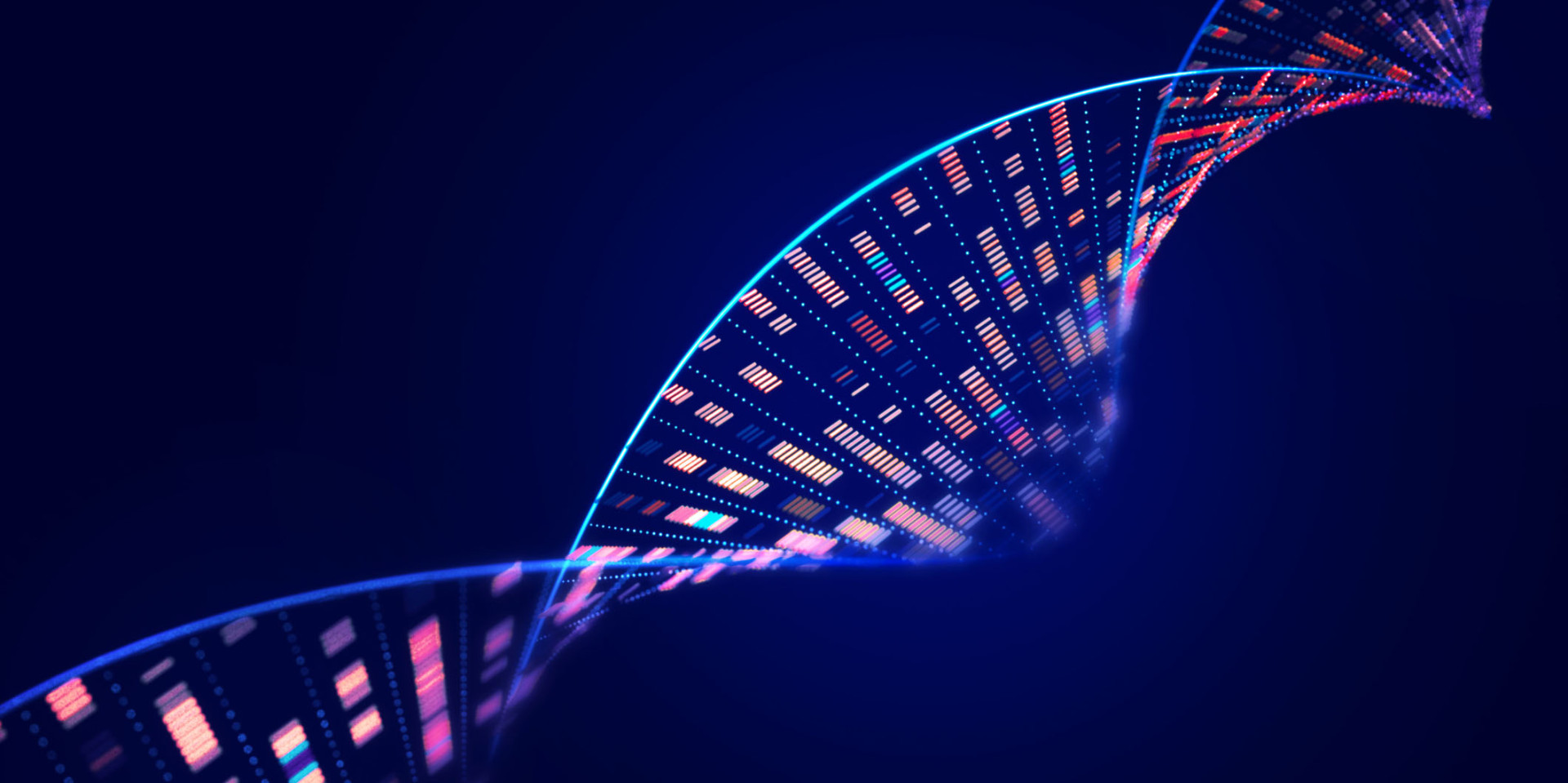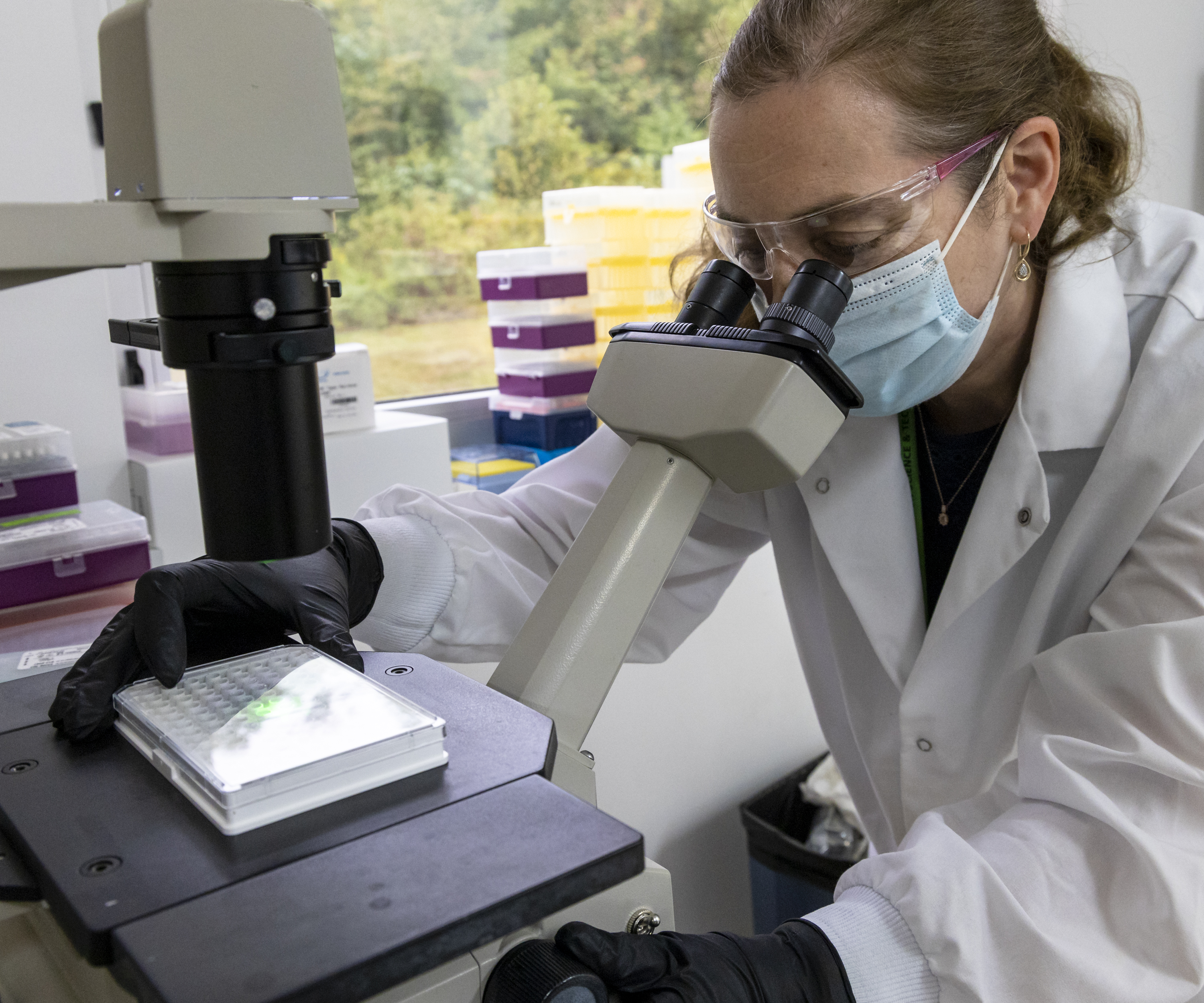Hair follicle stem cells (HFSCs) in the bulge are a multipotent adult stem cell population. They can periodically give rise to new HFs and even regenerate the epidermis and sebaceous glands during wound healing. An increasing number of biom
Tag: Molecular Markers

RESEARCH ALERT: The New Geography of the Gut
Investigators from Cedars-Sinai; the University of California, San Francisco (UCSF); Harvard University; and the Weizmann Institute of Science in Israel conducted a study to determine where individual nutrients are absorbed in the small intestine. For the first time, they identified the molecular markers that define five distinct intestinal regions.
Children’s Hospital Los Angeles Identifies Molecular Markers to Increase Precision in Treatment of Retinoblastoma
Retinoblastoma is a cancer of the eye that occurs in infants and toddlers and can lead to loss of vision, loss of one or both eyes, and even death. Unlike most tumors, these cannot be biopsied because of the risk of spreading cancer to the rest of the body. In 2017, Jesse Berry, MD, surgeon and ocular oncologist at Children’s Hospital Los Angeles, discovered that fluid removed from the eye during treatment of retinoblastoma contained tumor DNA and functioned as a liquid biopsy—providing information about the tumor and opening the door to earlier diagnosis and treatment.

ORNL researcher studies individualized isotopes’ impact by targeting cancer
A radioisotope researcher in the Radioisotope Science and Technology Division at the Department of Energy’s Oak Ridge National Laboratory, Davern is focusing on ways to use nanoparticles — particles 100 nanometers or smaller that can have special properties — to contain those radioisotopes and deliver them directly to cancer cells, where they can decay into different isotopes that irradiate those cells.